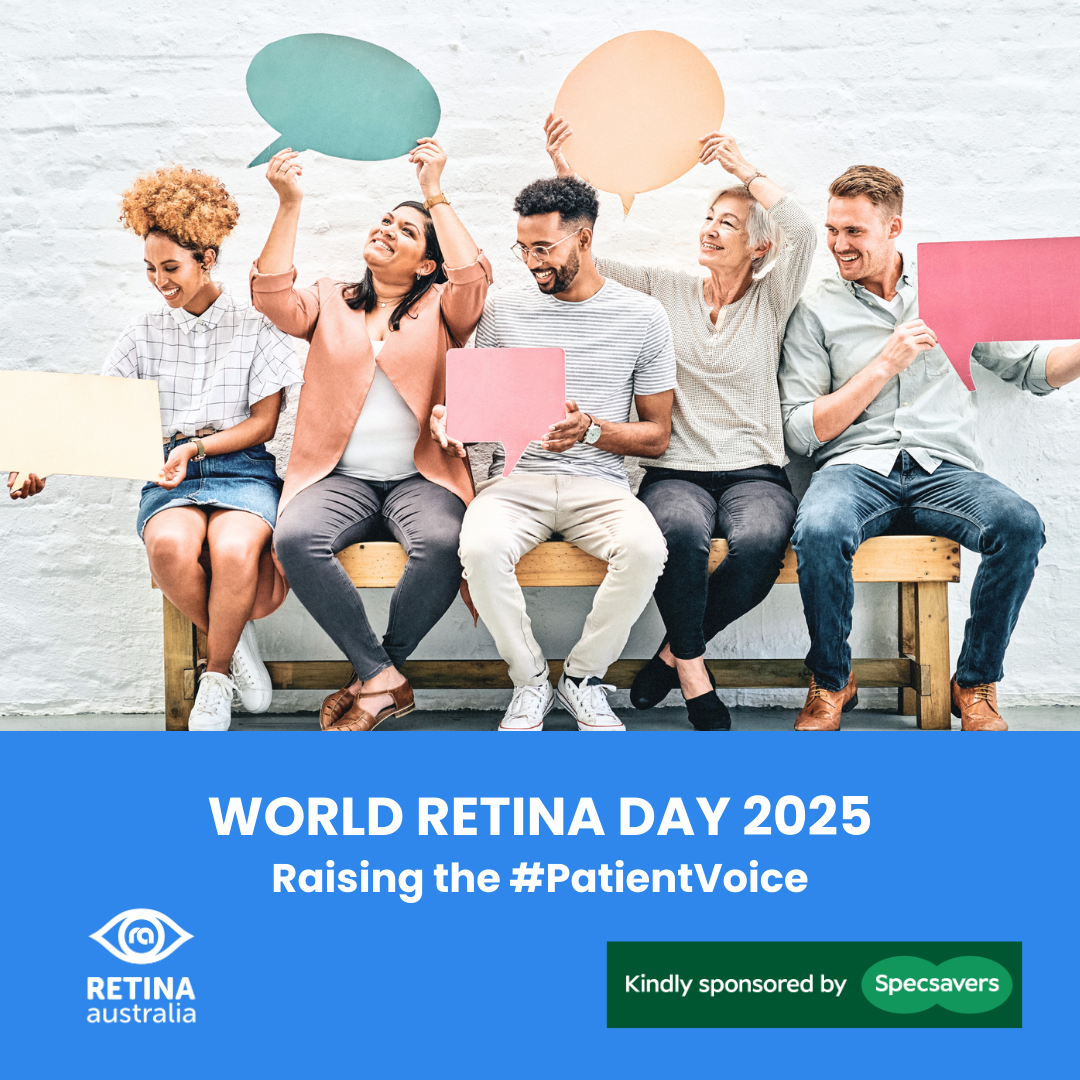14 May, 2025
X-linked retinitis pigmentosa (XLRP) is considered one of the most severe forms of retinitis pigmentosa (RP), accounting for 5-15% of all RP cases and primarily affecting males.
A new international study, “The burden of X-linked retinitis pigmentosa (XLRP) on patient experience and patient-reported outcomes (PRO): findings from the EXPLORE XLRP-2 study” (Parmeggiani et al 2025), has provided the first real-world insights into how X-linked retinitis pigmentosa (XLRP) affects individuals across various stages of disease progression. Drawing on survey data from 169 patients across Europe and Israel, the research offers a detailed view of the medical, emotional, and socioeconomic burdens of living with XLRP.

Research Report Summary
Delayed Diagnosis Despite Advancements
Despite advancements in genetic testing technologies, the study found an average delay of over 15 years between the onset of symptoms and genetic diagnosis. While newer patients with milder disease experienced shorter delays—suggesting improvements in diagnostic pathways—researchers noted that the average age of genetic confirmation, 33.4 years, remains too late. Earlier diagnosis is crucial not only for reducing unnecessary medical procedures and costs, but also for enabling timely access to emerging gene therapies.
Widespread Impact Across All Disease Stages
The study found that XLRP significantly affects patients’ daily lives even in its early stages. Visual difficulties in low light, reduced work productivity, impaired mobility, and challenges with everyday activities were all found to correlate with disease severity. Surprisingly, even those in the mild stage of the disease reported notable limitations in mobility and daily function.
Emotional Health and Mental Wellbeing
Mental health challenges were prevalent, with 28% of respondents reporting symptoms of depression and nearly 45% reporting anxiety. Depression levels, in particular, were significantly linked to disease severity. Compared with past studies on other forms of retinitis pigmentosa (RP), XLRP patients showed higher rates of emotional distress, underscoring the severity of this specific condition.
Employment and Social Participation
Just over half of XLRP patients were employed, a figure comparable to other studies on visual impairment. Interestingly, the study did not find a significant link between disease stage and employment status—possibly reflecting strong social and legal supports in surveyed countries. Absenteeism was notably low across all disease stages, suggesting that many patients continue working despite functional limitations, which may have both positive and negative implications for well-being and productivity.
Limitations and Future Research
The study acknowledged several limitations, including potential bias from underrepresentation of severely affected or mentally distressed individuals, short recall periods for patient-reported outcomes, and a lack of gender-specific analysis due to small female sample sizes. The authors called for more expansive and inclusive research to better understand gender differences and the long-term impact of XLRP.
Conclusion
This landmark study sheds light on the complex, multi-dimensional burden of XLRP. It reinforces the urgent need for earlier diagnosis, more targeted support services, and deeper exploration into how this disease affects not just vision, but every aspect of life. As gene-based therapies continue to evolve, these insights are vital for shaping patient-centered care models, healthcare policies, and research priorities.
Retina International was involved in the authorship of this report.
Retina Australia is the only Australian member organisation of Retina International, a patient-led, global, umbrella NGO for patient-led groups around the world focused on research and support for rare and common retinal degenerative diseases.

New Research: The Impacts of Caregiving for Patients with X-Linked RP
To understand the significant, yet often under-recognised, burden caregivers face—especially as the disease progresses, read the following research study, “The Impacts of Caregiving for Patients with X-Linked RP” (Weber et al 2025).
https://retinaaustralia.com.au/new-research-the-burden-of-x-linked-retinitis-pigmentosa-xlrp-on-patient-experience-and-patient-reported-outcomes/
Other Blogs

World Retina Day 2025
Every year, World Retina Day shines a spotlight on the millions of people living with inherited retinal diseases and other retinal dystrophies. These conditions affect not only vision, but...

World Research Summary by Dr Catherine Civil
Hot Off The Press Check out below to see what new inherited retinal disease (IRD) therapies are in the pipeline. I...

Have your say – First GA treatment being considered for PBS subsidy
Do you have geographic atrophy? If you or someone close...
